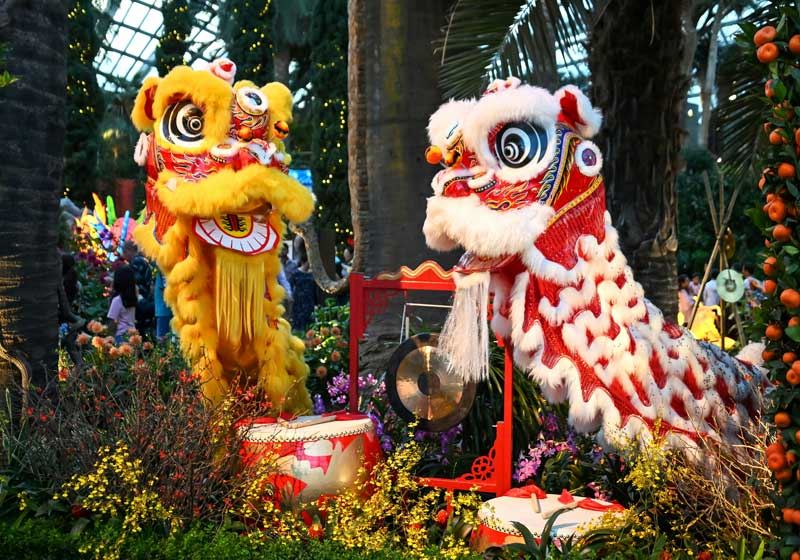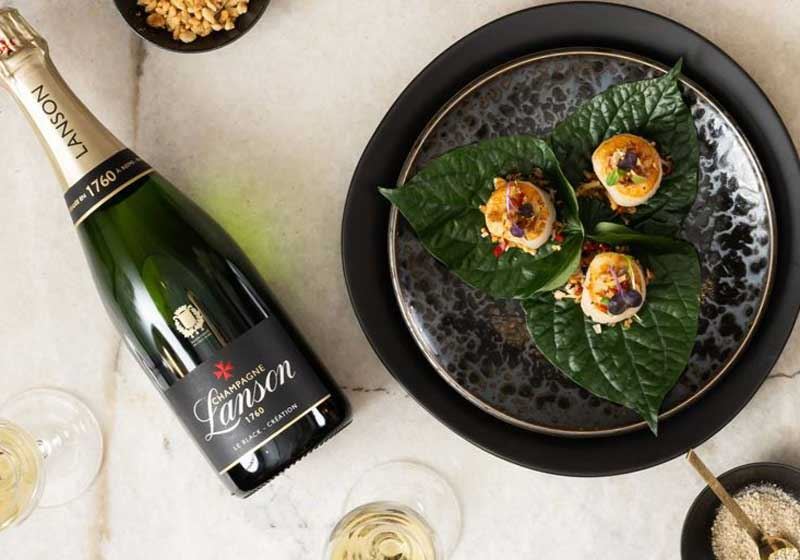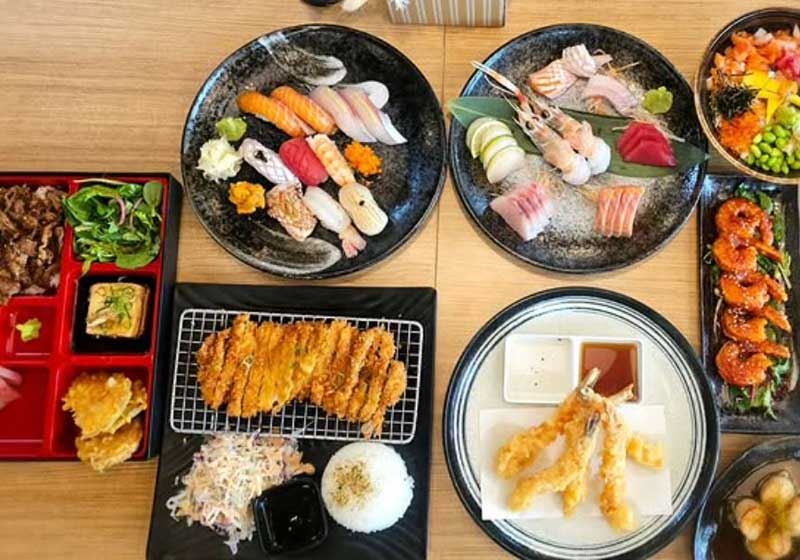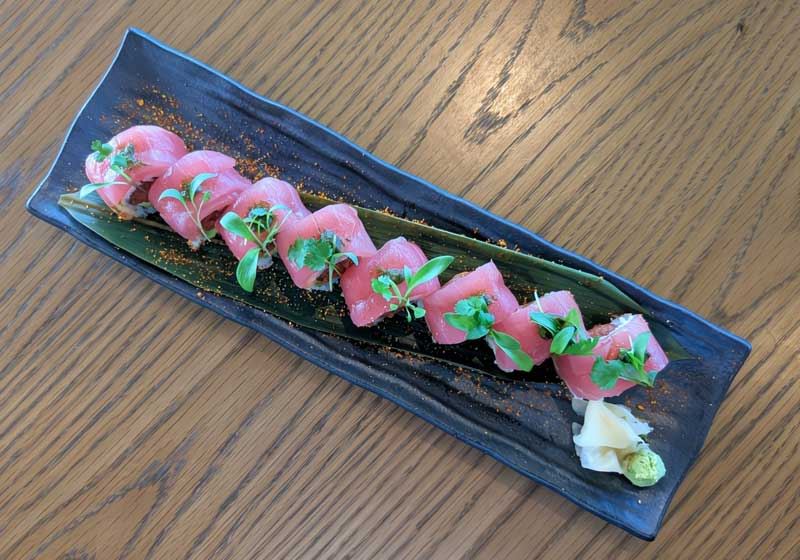By Leigh O’Connor.
Beneath the earth, the magic begins. A Maori hangi is more than just a meal - it is a story told in steam, smoke and earth, a tradition that stretches back centuries.
It begins with a pit dug into the ground, where river stones are heated over a roaring fire until they glow with a fierce, almost primal heat. The air fills with the scent of burning wood and the crackle of flames becomes the heartbeat of the gathering.
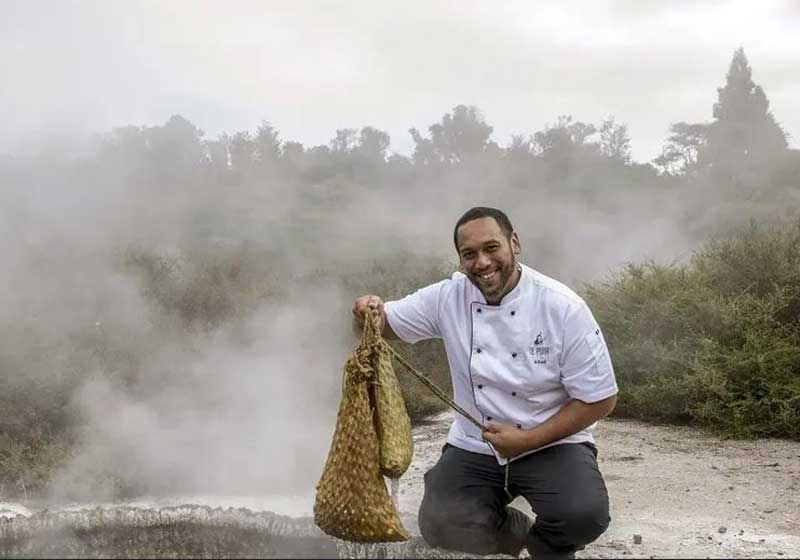
Above the fire, voices mingle - laughter, greetings and the warm rhythm of people coming together. For the Maori, the hangi is not merely a way to cook food; it is a way to nourish community, to bind families and friends in a shared moment of connection.
When the stones are ready, the fire embers are raked away, leaving only the smouldering heat of the earth’s heart. Layers of carefully prepared food - meat, root vegetables, seafood and sometimes delicate puddings wrapped in leaves - are arranged in baskets or bundles.
Traditionally, woven flax baskets were used, the aroma of the leaves infusing the food with a subtle, earthy perfume. Today, wire baskets and cloths may take their place, but the ritual remains the same.
The bundles are lowered onto the stones, hissing softly as moisture meets heat. Wet sacks or leaves are laid on top, sealing in the steam, before the pit is covered with earth. The hangi is now hidden from sight, left to slow-cook in its subterranean oven.
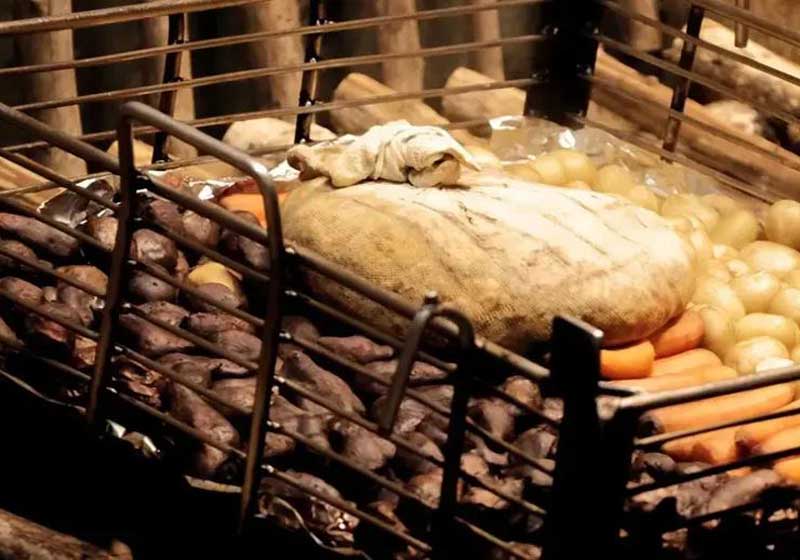
As the hours pass, the air above the pit hums with anticipation. The scent of roasting meat and caramelising kumara begins to seep from the earth, mingling with the smoky tang of the firewood.
People gather in small groups, telling stories, playing music, or simply enjoying each other’s company. The act of waiting becomes part of the experience - a deliberate slowing down, an embrace of patience in a world that so often rushes. The hangi demands time and in return, it offers flavour that cannot be hurried.
When the moment finally comes to unearth the feast, there is a hush - a respectful pause before the pit is opened. Steam billows into the cool air, carrying with it the unmistakable fragrance of earth-cooked food.
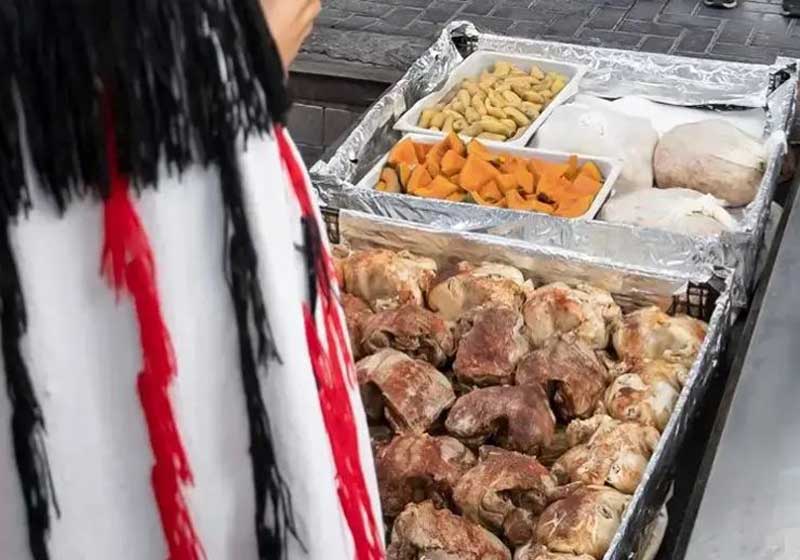
The vegetables emerge golden and tender, the meat falling away from the bone with the lightest touch. Everything bears the deep, smoky imprint of the stones and the faint mineral note of the earth. It is a taste both ancient and elemental, as though the land itself has shared in the making of the meal.
Eating a hangi is as much about the people as it is about the food. Plates are piled high and everyone is encouraged to take their fill. Elders are served first, children are fussed over and conversation flows as freely as the shared dishes.
There is a sense of generosity in every bite - the knowledge that this food was prepared not just to feed bodies, but to feed relationships. The flavours are honest and unpretentious, a reminder that some of the greatest meals come from the simplest ingredients, elevated by care and tradition.

Long after the last plate is cleared, the spirit of the hangi lingers. It is in the warmth of full bellies and the glow of laughter. It is in the memory of hands working together to prepare the pit, the baskets and the fire.
It is in the understanding that this meal - this ultimate shared meal - is more than sustenance. It is an offering of time, energy and love, grounded in the belief that food tastes best when it is shared.
In every hangi lies a piece of Maori heritage, a celebration of the bond between people and the land and an enduring reminder that the best feasts do not just feed - they connect.


